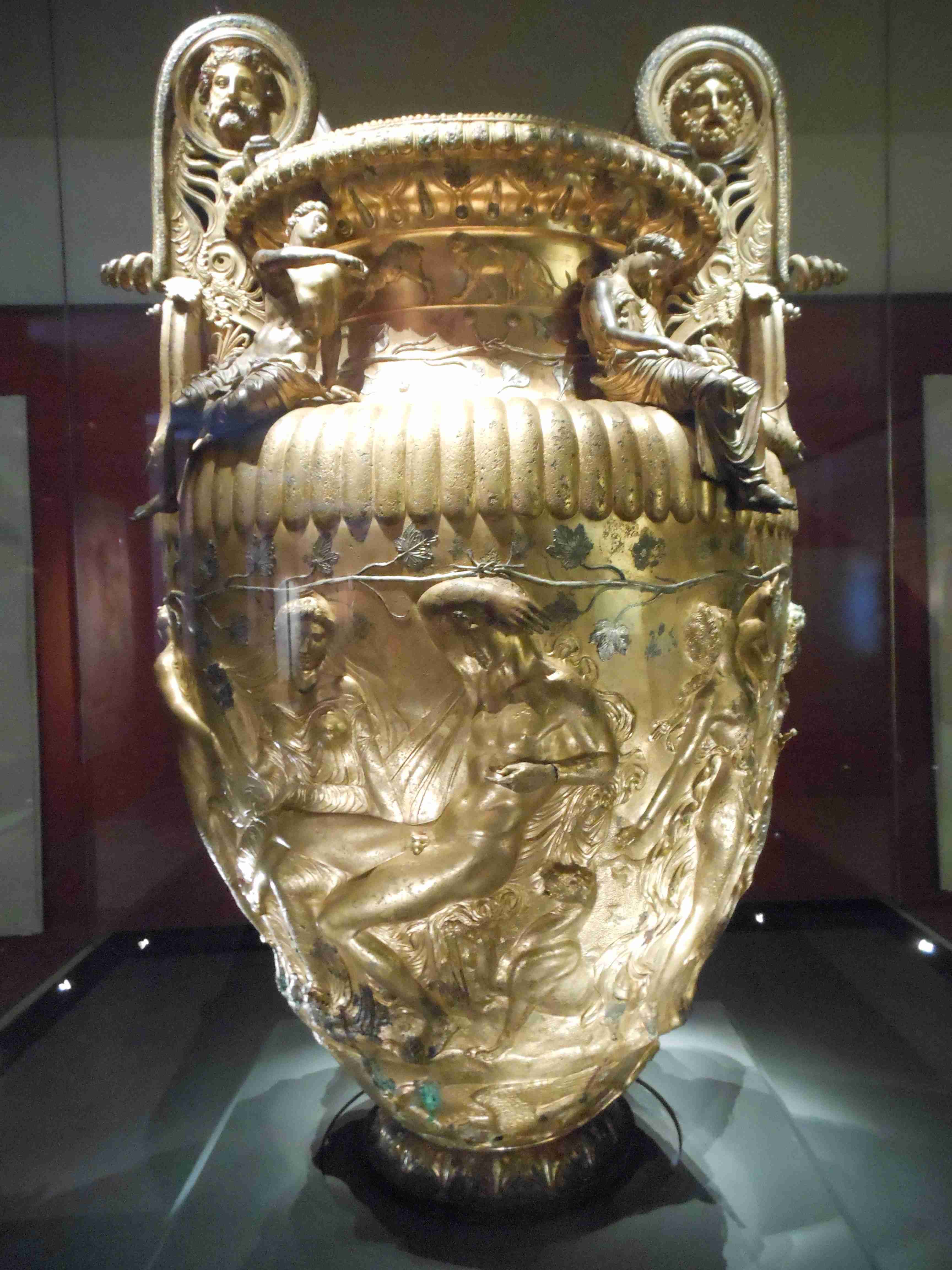

Ancient writers prescribed that a mixing ratio of 1:3 (wine to water) was optimal for long conversation, a ratio of 1:2 when fun was to be had, and 1:1 was really only suited for orgiastic revelry, to be indulged in very rarely, if at all. Wine dilutionĭrinking ákratos (undiluted) wine was considered a severe faux pas in ancient Greece, enough to characterize the drinker as a drunkard and someone who lacked restraint and principle. An astute symposiarch should be able to diagnose the degree of inebriation of his fellow symposiasts and make sure that the symposium progressed smoothly and without drunken excess. The krater and how it was filled and emptied was thus the centerpiece of the symposiarch's authority. He would then assume control of the wine servants, and thus of the degree of wine dilution and how it changed during the party, and the rate of cup refills. UsageĪt the beginning of each symposium a symposiarch (συμποσίαρχος), or "lord of the common drink", was elected by the participants. Kraters were glazed on the interior to make the surface of the clay more impervious for holding water, and possibly for aesthetic reasons, since the interior could easily be seen. The modern Greek word now used for undiluted wine, krasi (κρασί), originates from the krasis ( κράσις, i.e. In fact, Homer's Odyssey describes a steward drawing wine from a krater at a banquet and then running to and fro pouring the wine into guests' drinking cups.


Thus, the wine-water mixture would be withdrawn from the krater with other vessels. They were quite large, so they were not easily portable when filled. At a Greek symposium, kraters were placed in the center of the room.


 0 kommentar(er)
0 kommentar(er)
